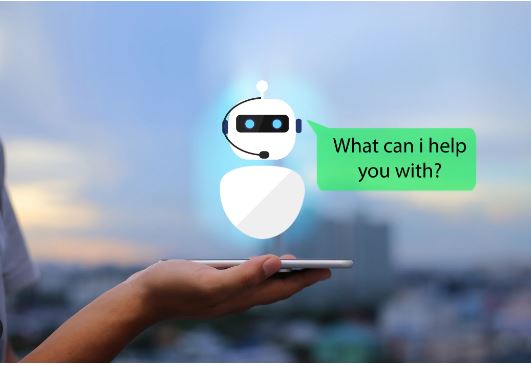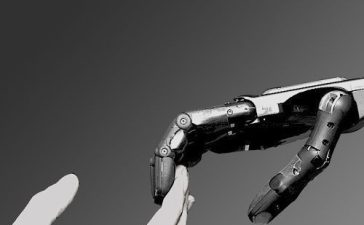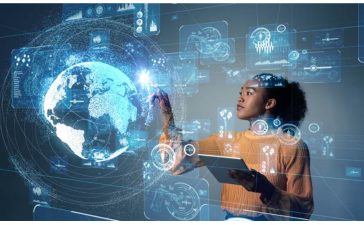Artificial intelligence (AI) and machine learning (ML) are rapidly advancing fields that are transforming many industries and aspects of our daily lives. Here are some of the key trends and developments we can expect to see in the near future:
- Increased adoption of AI and ML: AI and ML are being widely used in various applications, including healthcare, finance, education, and retail. It improves capabilities of businesses and technologies, we can expect to see even greater adoption in the near future.
- More sophisticated and personalized AI systems: AI systems are becoming more sophisticated and able to adapt to individual users and their needs. For example, personalized assistants like Siri and Alexa can learn from user interactions and provide increasingly personalized recommendations.
- Greater integration of AI and ML into our daily lives: AI and ML are becoming increasingly prevalent in our daily lives, from virtual assistants to self-driving cars. As these technologies continue to advance, we can expect to see even greater integration into our daily routines.
- Increased use of AI and ML in healthcare: AI and ML are being used to analyze medical data and assist with diagnosis and treatment decisions. In the near future, we can expect to see even greater adoption of these technologies in healthcare, leading to improved patient outcomes and efficiencies. For example, Various AI Robots were built at the the time of COVID-19 to diagnose the disease as well as analyse the scenario accordingly.
- Advancements in natural language processing: Natural language processing (NLP) is a key area of AI that enables machines to understand and interpret human language. In the near future, we can expect to see continued advancements in NLP, leading to more sophisticated and accurate communication between humans and machines.
- The rise of edge AI: Edge AI refers to the use of AI and ML technologies at the edge of networks, closer to the source of data. This can help reduce latency and improve the efficiency of AI systems. In the near future, we can expect to see the proliferation of edge AI in a wide range of applications.
Overall, the future of AI and ML looks bright, with the potential to transform many industries and aspects of our daily lives. As these technologies continue to advance, it will be essential to consider the ethical implications and ensure that they are used in a responsible and beneficial manner. - To the wonders of all readers, this above document was generated by the tool called ‘ChatGPT’ which shows promising results of using AI/ML in Natural Language Processing. ChatGPT is a variant of the GPT (Generative Pre-trained Transformer) language model that has been specifically designed for chatbot applications. It is a deep learning model that has been trained on large amounts of text data, including conversations and other types of written communication, to generate human-like responses to text input. ChatGPT is able to understand the context and meaning of the words it processes, and generate appropriate responses based on this understanding. Using ChatGPT, it is possible to build chatbots that can engage in natural and engaging conversations with users. ChatGPT can be fine-tuned for specific domains or tasks, such as customer service, by training it on data specific to that domain. This allows the chatbot to generate more accurate and relevant responses to user input.
- Overall, ChatGPT is a powerful tool for building chatbots that can provide a high level of interaction and engagement with users. It can be used in a variety of applications, such as customer service, online tutoring, and more
Compiled by
Yash Prajapati
VII Semester, B Tech – Computer Science Engineering, GUNI-ICT
For more details please visit: https://admission.ganpatuniversity.ac.in/
Feature Image Source: https://www.g2.com/articles/chatbot





